Refine listing
Actions for selected content:
2250 results in Cambridge Elements
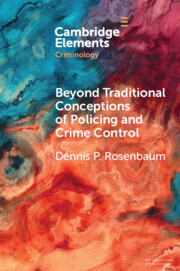
Beyond Traditional Conceptions of Policing and Crime Control
- New Metrics to Evaluate Police Performance and Improve Police Legitimacy
-
- Published online:
- 10 June 2025
- Print publication:
- 03 July 2025
-
- Element
- Export citation
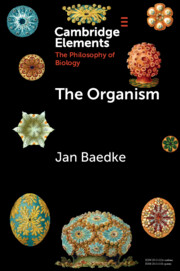
The Organism
-
- Published online:
- 10 June 2025
- Print publication:
- 24 July 2025
-
- Element
-
- You have access
- Open access
- HTML
- Export citation

Factional Politics in the Liberal Democratic Party
- Explaining Change and Continuity in Japan's Economic Statecraft
-
- Published online:
- 10 June 2025
- Print publication:
- 03 July 2025
-
- Element
- Export citation
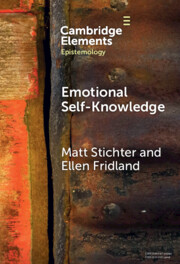
Emotional Self-Knowledge
- How Affective Skills Reveal Our Values, Goals, Cares, and Concerns
-
- Published online:
- 09 June 2025
- Print publication:
- 03 July 2025
-
- Element
- Export citation
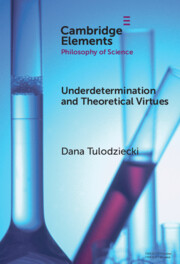
Underdetermination and Theoretical Virtues
-
- Published online:
- 09 June 2025
- Print publication:
- 03 July 2025
-
- Element
-
- You have access
- Open access
- HTML
- Export citation
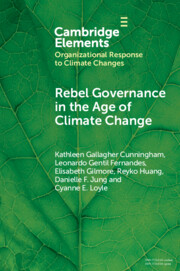
Rebel Governance in the Age of Climate Change
-
- Published online:
- 06 June 2025
- Print publication:
- 03 July 2025
-
- Element
-
- You have access
- Open access
- HTML
- Export citation
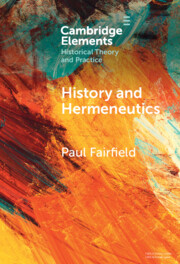
History and Hermeneutics
-
- Published online:
- 06 June 2025
- Print publication:
- 03 July 2025
-
- Element
- Export citation
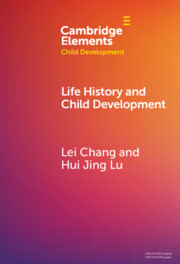
Life History and Child Development
-
- Published online:
- 06 June 2025
- Print publication:
- 26 June 2025
-
- Element
- Export citation
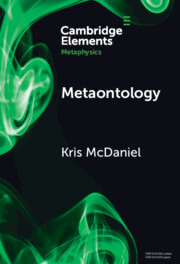
Metaontology
-
- Published online:
- 06 June 2025
- Print publication:
- 03 July 2025
-
- Element
- Export citation
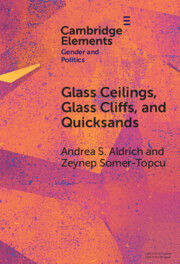
Glass Ceilings, Glass Cliffs, and Quicksands
- Gendered Party Leadership in Parliamentary Systems
-
- Published online:
- 05 June 2025
- Print publication:
- 19 June 2025
-
- Element
- Export citation
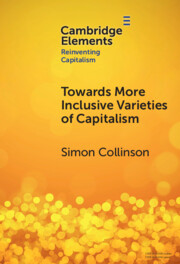
Towards More Inclusive Varieties of Capitalism
-
- Published online:
- 30 May 2025
- Print publication:
- 26 June 2025
-
- Element
- Export citation
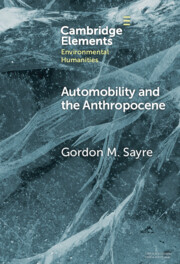
Automobility and the Anthropocene
- The Car as Post-Human
-
- Published online:
- 30 May 2025
- Print publication:
- 26 June 2025
-
- Element
- Export citation

Natural and Supernatural in Early Medieval England
-
- Published online:
- 29 May 2025
- Print publication:
- 29 May 2025
-
- Element
- Export citation
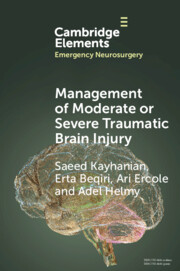
Management of Moderate or Severe Traumatic Brain Injury
-
- Published online:
- 29 May 2025
- Print publication:
- 12 June 2025
-
- Element
- Export citation
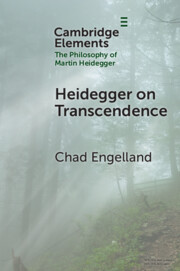
Heidegger on Transcendence
-
- Published online:
- 28 May 2025
- Print publication:
- 12 June 2025
-
- Element
- Export citation
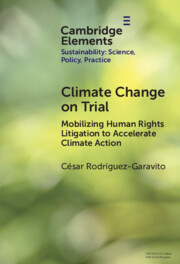
Climate Change on Trial
- Mobilizing Human Rights Litigation to Accelerate Climate Action
-
- Published online:
- 27 May 2025
- Print publication:
- 26 June 2025
-
- Element
-
- You have access
- Open access
- HTML
- Export citation
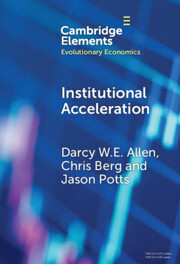
Institutional Acceleration
- The Consequences of Technological Change in a Digital Economy
-
- Published online:
- 26 May 2025
- Print publication:
- 29 May 2025
-
- Element
- Export citation
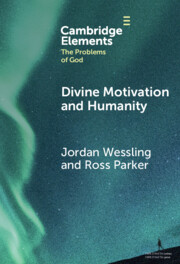
Divine Motivation and Humanity
-
- Published online:
- 26 May 2025
- Print publication:
- 19 June 2025
-
- Element
- Export citation
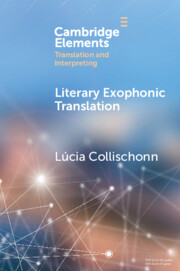
Literary Exophonic Translation
-
- Published online:
- 23 May 2025
- Print publication:
- 12 June 2025
-
- Element
- Export citation
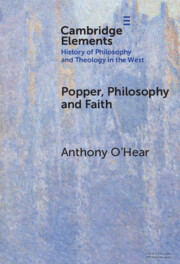
Popper, Philosophy and Faith
-
- Published online:
- 23 May 2025
- Print publication:
- 12 June 2025
-
- Element
- Export citation
